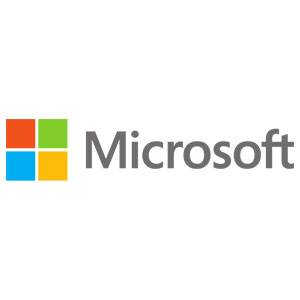Description
Audience Profile
The primary audience for this course is individuals who administer and maintain SQL Server databases. These individuals perform database administration and maintenance as their primary area of responsibility, or work in environments where databases play a key role in their primary job.
The secondary audiences for this course are individuals who develop applications that deliver content from SQL Server databases.
At Course Completion
After completing this course, students will be able to:
- Authenticate and authorize users
- Assign server and database roles
- Authorize users to access resources
- Protect data with encryption and auditing
- Describe recovery models and backup strategies
- Backup SQL Server databases
- Restore SQL Server databases
- Automate database management
- Configure security for the SQL Server agent
- Manage alerts and notifications
- Managing SQL Server using PowerShell
- Trace access to SQL Server
- Monitor a SQL Server infrastructure
- Troubleshoot a SQL Server infrastructure
- Import and export data
Prerequisites
In addition to their professional experience, students who attend this training should already have the following technical knowledge:
- Basic knowledge of the Microsoft Windows operating system and its core functionality.
- Working knowledge of Transact-SQL.
- Working knowledge of relational databases.
- Some experience with database design.


Reviews
There are no reviews yet.